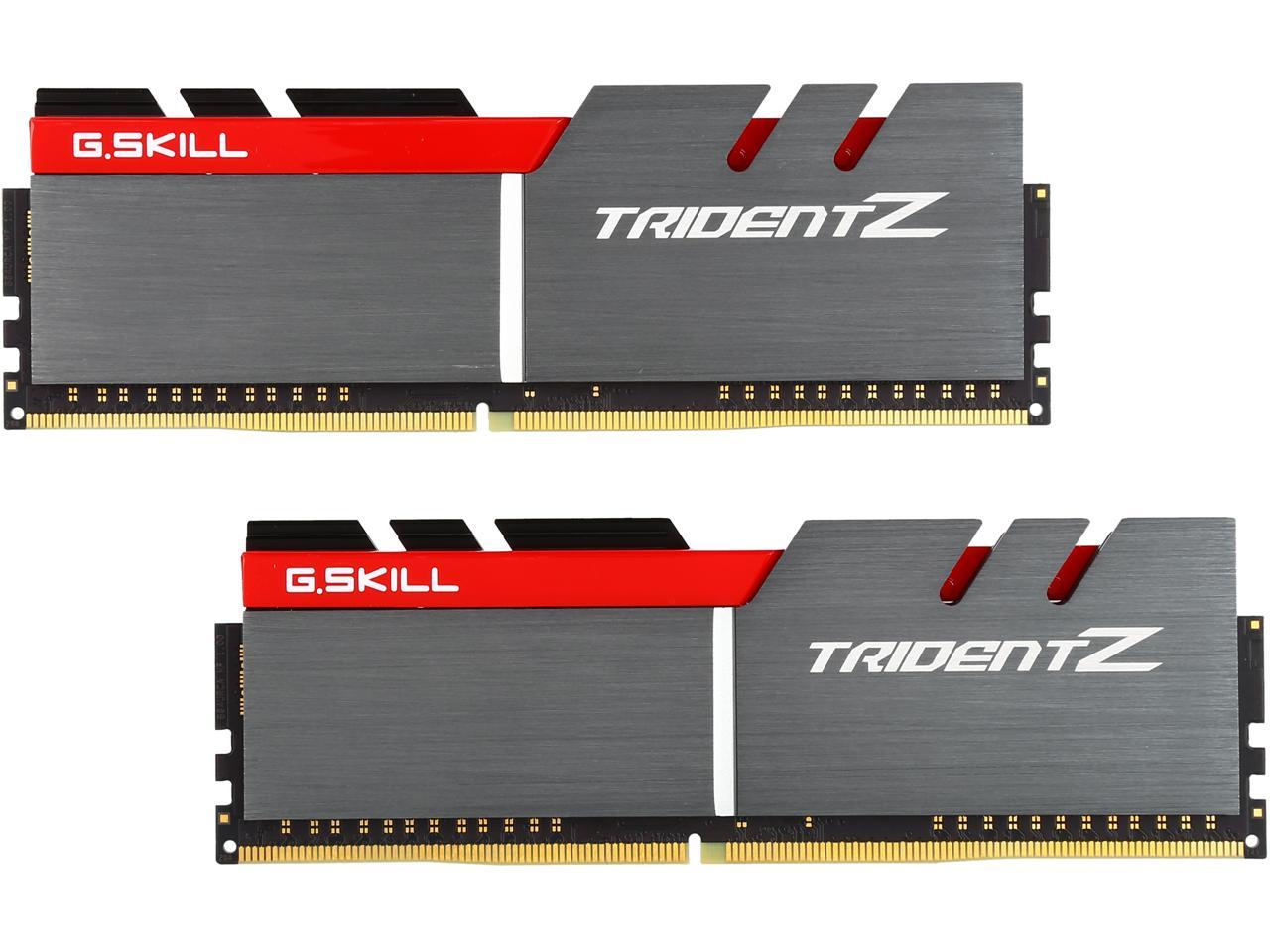
When overclocking a computer there are many ways to tweak the computer to work faster and sometimes just setting timing on the memory could yield a better result than just cranking up the voltage and increasing the CPU clock speeds. While the CPU action the commands they need to be shuttled from processor to DDR memory for storage thus the interplay between CPU and RAM speed and its timings are important.
Since I dont have any dry ice today I thought I would play around with two sets of DDR 4 ram and see what difference it makes. Some people say the speed wont make any difference and others say it does. For this purpose I am leaving the 8700K processor on exactly the same speed as it comes preconfigured for but I sync the core multiplier among all cores to 4700 Mhz. I also locked the BCLK clock to 100 Mhz and the Cache to the standard 4400Mhz. Thus all the changes has to do with the Ram itself. I am using my Maximus X hero 1151 platform with Dual channel ram for the tests.
Improving the DDR4 Timing parameters
For the test I have my Ripjaw4 3400 Mhz Ram and the Trident Z 4266Mhz ram to play around with.the order of the ram adjustments are sorted based on reaching the best latency while I keep the Ram speed steady at the 3400 Mhz original speed.
The Ripjaw modules has the XMP profile 16-18-18-38 CL2. As you can see there is a dramatic jump already just reducing the CL2 to CL1. As I am not sure what works in timing I keep the same as for CL2 and reboot. If that does not work I go in and set everything in the Ram to auto except the CL which I lock to one. Then reboot and allow the Bios try learn what works for the Ram in my setup. concluding the CL1 could work then I start reducing the timing numbers. I normally start with the highest number in this case the 38 and reduce it in steps of 2 then if it boots adjust the other numbers down one also. I dont really stick to reducing just one number and rebooting as it takes too long time. Meanwhile the main issue with playing around with the memory timings is that you will end up with situations where the operating system might get corrupted if the computer crash. This is less of an issue with the CPU multiplier but with memory timings i have found myself reinstalling the OS a few times more.
Reducing the DDR4 Memory Latency
As you can see on the graph the Latency is dropping down from the initial 46 nS to 42.5 while the read numbers steadily increase from 49400Mb/s to 50800 Mb/s the write and copy speeds also increase. Once having rebooted and tested various benchmarks like Wprime and Cinebench15 I run Geekbench and other bencher softwares to see if the ram is stabile. Often it looks ok but when different kinds of softwares are run the computer will crash giving a hint that you should back of a bit on the tight timings or increase the RAM voltage if needed and possible.

Knowing that G.Skill normally supply overclockable ram I also try increase the RAM speed to 3500 Mhz after having found a suitable timing scenario. the Ram speed then take a jump up to 52000 Mb/S on the read parameter as measured by AIDA64. I pretty much max out the RAM speed here in this scenario unless I want to increase RAM voltage to be above 1.6 Volt which would require some cooling solution for the ram.
I then pulled out the RIPJAWS4 and replace it with the Trident Z 4266 Mhz ram.

Then we start over again. I did not for the 2 first columns use the XMP profiles but manually put the speed of Ram to 3900 Mhz lock the CL to CL1 rather than the prescribed CL2 that is in the XMP profile. All other memory parameters are sett to auto, the third profile is like the XMP profile except that I use CL1 and not CL2. It can thus be concluded that the Asus Bios and motherboard will get the computer started on CL1 and 3900 Mhz but with very sow timings on the other parameters. Setting the timings to 17-19-19-39 which is the factory set XMP timings but locking CL1 will generate a much better result in terms of speed. Meanwhile its easy to see that the 4266 Mhz Ram running at a non optimum timing and 3900Mhz unoptimized is having the same read throughput as the slower ripjaws with a similar latency optimized. Meanwhile it is also clear that i am running the Ram at lower speed than its specified for. The reason is primarily related to that the Motherboard manufacturers can not guarantee that the fast ram module s will work in every single computer. In my case I could only reach 4000 Mhz at maximum no matter whay i did.
What I though have found is that it is better to reduce the Memory clockspeed a bit and then apply BCLK at 101 , 102, 103 Mhz. Increasing the BCLK immediately have impact on the Latency and read/write numbers and visibly lower the memory latency. In my case I get very close to 59000MB/s read throughput with a latency below 40nS. having played around with up to BCLK at 102.5 Mhz the latency can be pulled down even to 38 nS.

